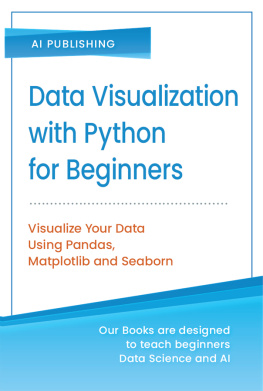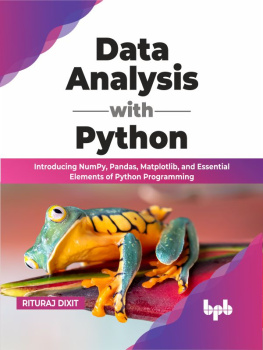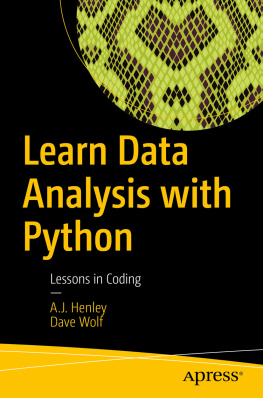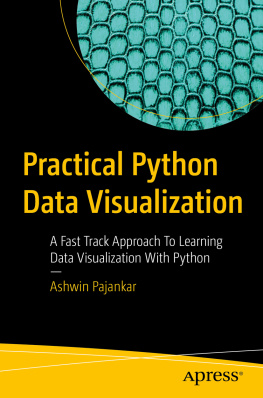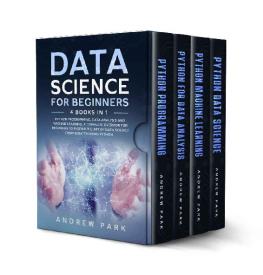Copyright 2019 - All rights reserved.
The content contained within this book may not be reproduced, duplicated or transmitted without direct written permission from the author or the publisher.
Under no circumstances will any blame or legal responsibility be held against the publisher, or author, for any damages, reparation, or monetary loss due to the information contained within this book. Either directly or indirectly.
Legal Notice:
This book is copyright protected. This book is only for personal use. You cannot amend, distribute, sell, use, quote or paraphrase any part, or the content within this book, without the consent of the author or publisher.
Disclaimer Notice:
Please note the information contained within this document is for educational and entertainment purposes only. All effort has been executed to present accurate, up to date, and reliable, complete information. No warranties of any kind are declared or implied. Readers acknowledge that the author is not engaging in the rendering of legal, financial, medical or professional advice. The content within this book has been derived from various sources. Please consult a licensed professional before attempting any techniques outlined in this book.
By reading this document, the reader agrees that under no circumstances is the author responsible for any losses, direct or indirect, which are incurred as a result of the use of information contained within this document, including, but not limited to, errors, omissions, or inaccuracies.
TABLE OF CONTENTS
Chapter 4: Bonus chapter Introduction to Machine
learning with Python
Okay, machine learning is cool. How is it related
to data science?
Introduction
According to a report published by LinkedIn, data science is one of the fastest growing tech fields within the past 7 years. The need for companies to have a better understanding of data generated via their business has motivated a lot of interest in the field. However, there is a gap to be breached as the supply of competent data scientists is way lower than the demand. This makes data science a very in-demand skill, with generous compensation for the few that possess the relevant portfolio. On average, a data scientist makes about $109,000/year (according to glassdoor.com); this puts data scientists in the top paid ranks of the tech industry. This tends to bring up certain questions: On a scale of rocket science to quantum physics, how complicated is data science? Well, if you - like many other people (myself included), have wondered what data science is, and why data scientists are so in-demand, then that question is not so far-fetched. On the contrary, however, data science is not that complicated.
To risk over-simplification, data science is just the application of various techniques usually employing the fast and efficient data organization, visualization and interpretation of computer programs or software to transform raw data into information for decision-making. This type of information is useful to managers in corporate institutions for informed risk-assessments, profit optimization, fraud detection, etc. Imagine the great prospects data science offers such businesses to consistently be ahead of the competition (assuming the competition is not equally leveraging the awesomeness of data-science). Advertisements are better targeted at consumers, companies are more aware of their economic performance and possible trends or options in production, etc. These available prospects serve as excellent motivations for considering a career in data science. However, without the right tools, guidance, and dedication, mastering the skills required for data science would be a very tedious and lengthy task. This is the reason for writing this book; to bring you up to speed on the skills and tools to begin a journey into the exciting and rewarding world of data science.
At this point, you are probably quite excited about data science and the secrets it has to offer, however, you may ask what does Python have to do with it?
Remember, data science leverages the exceptional processing and data manipulation capacity of computers? To do this, the data scientist must communicate the task in a clear and logical manner to the computer. The problem arises in the fact that computers do not understand human language; thus, the need for programming languages that allow powerful communications between people and computers.
Python is a high-level programming language that reduces the complexity of coding using almost human expressions in its syntax. This allows programmers to build complex algorithms and systems with exceptional performances, while reducing coding time and resources. Also, Python has an extensive library of tools and applications that makes data science less technical for beginners or intermediate programmers. Therefore, most data scientists have Python as their primary tool for big data, data analysis, etc.
Now, here is the red pill blue pill moment. This book has been carefully designed to take you on a journey to leveraging the potentials of Python for data science. However, the extent of your progress also depends on you. Each chapter is outlined to introduce a certain concept, and helpful tips would be given to allow you avoid common Noob-mistakes (Noob is a programming jargon for beginner). Also, there would be practice exercises for you to test yourself after each chapter. This is meant to serve as a motivation for practicing the techniques or lessons that were introduced in the chapter.
It is expected that, by following every section of this book and practicing all the lessons presented, as well as practice questions included, you would not only have learned the basic techniques required for using Python for data science, but you would also have confidence to build your own practical systems and projects using Python.
The outline of this book is detailed below, and it is a guide for maximizing your use of this book depending on your level in programming. On this note, I wish you Godspeed as you journey through this book to becoming a data scientist with Python.
Outline:
Chapter 1: Python basics
This chapter introduces you to the basics of Python. The scope of this chapter spans all the necessary details for getting started with Python: downloading and installation of relevant Python packages and tools i.e. Anaconda, managing Python environments, and actual coding with Python. This is especially important for those with little or no programming experience. Even with programming experience (but new to Python), it is advisable to read this chapter. Most of the lessons from this chapter would be recalled in subsequent chapters as we dive deeper into the applications of Python for data science. However, if you already know the basics of Python and can already handle practical problems with Python, then you can skip this chapter. At the end of this chapter, a basic project would be completed using Python, and you can also try out some of the exercises that follow. These exercises would incorporate all the lessons from the chapter and doing them would greatly speed up your progress.
Chapter 2: Data analysis with Python
Here, the skills and techniques learned in chapter 1 are leveraged for starting data science. The most important (and popular) frameworks for analyzing and structuring data with Python are introduced i.e. The NumPy and Pandas frameworks. A few practical examples on using these frameworks will be considered, and practice exercises are provided.


